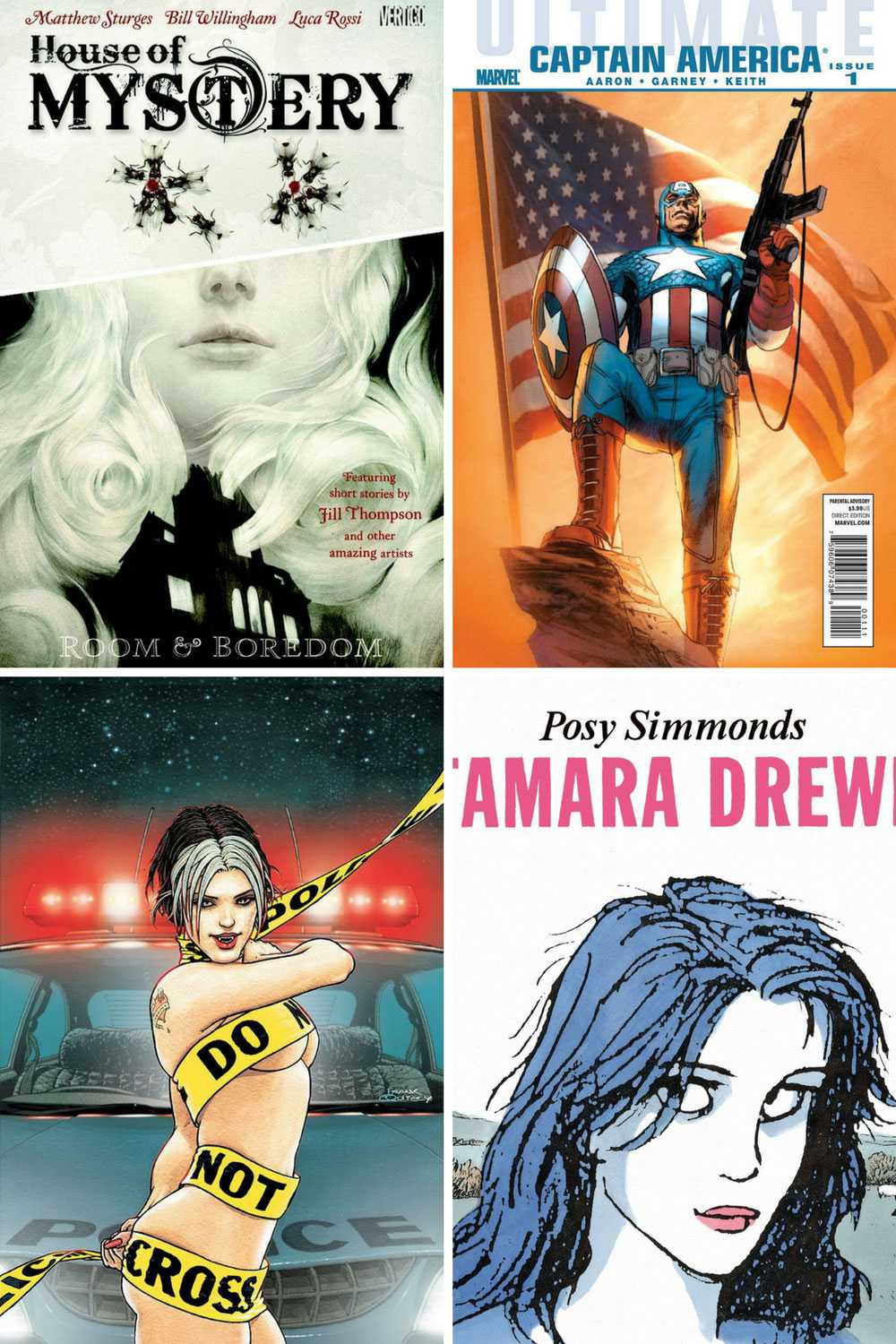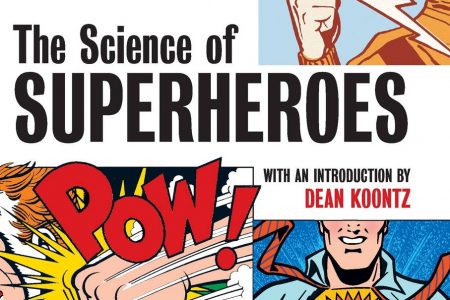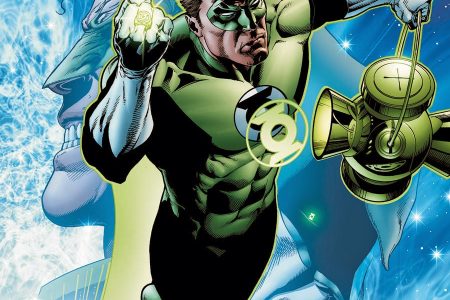House of Mystery: Room and Boredom (issues #1–5) by Matthew Sturges, Bill Willingham and Luca Rossi
A young woman, Fig, an architect of sorts, is chased by a creepy couple and ends up escaping in to the House of Mystery, a strange house located at a supernatural crossroads between worlds. The house has many guests, but there are regulars: Harry the bartender, Cress the waitress, Ann the pirate bouncer, and Poet the poet. The rule of the house: you pay for food and lodgings by telling a story. This provides an avenue for other artists (and writer: Sturges is the main writer, with Willingham providing occasional short stories) to provide pencils, and hark back to anthology nature of the original comic from the 1950s. The five main characters seem to be stuck in the house, there are some scary people outside the boundary of the house, and Fig can talk to houses (including the House of Mystery), so the book has a solid Vertigo set-up with the extra Gaimanesque dimension of telling stories within the nature of the narrative. The book is interesting, although it does have a slightly annoying voiceover narration from Fig, which is overwrought and ponderous, something that distracts from an otherwise intriguing book. The best thing about the book is the art from Rossi – great storytelling, distinct characters and a lovely style (elements of early Tony Harris with the extra lines and squiggles in the faces, and hints of Chris Bachalo and Sean Murphy), which is strong and distinctive and interesting; I want to read more House of Mystery just because of the art.
—————————————————————————————————-
Ultimate Comics Captain America (issues #1–4) by Jason Aaron and Ron Garney
This is the story of Frank Simpson, the Ultimate universe version of Nuke (also known as the Captain America of Vietnam), who is selling his own super-soldier serum to North Korea, so Steve Rogers has to go ‘rogue’, in a nice scene with Carol Danvers, and find Simpson. He locates him in a village in Cambodia where all the villagers have been turned into super soldiers; they capture Steve and Simpson tortures him while telling him about the reality of what the United States has done around the world (a nice Clockwork Orange riff, and the line, ‘Just keep telling yourself … water boarding isn’t torture’). Obviously, despite being physically weaker than Simpson, Rogers wins the day (he gets a great line to the villagers after: ‘Don’t grow up to be terrorists, kids’) but the charm is in the attitude Aaron brings the story – Rogers is a soldier who fights, he is not a boy scout – and Garney’s earthy art, which is dynamic and dirty and tough. It’s a dispensable tale but told with energy, wit and brio.
—————————————————————————————————-
Bite Club (issues #1–6) by Howard Chaykin, David Tischman and David Hahn
This is an unusual little book (the trade paperback is manga-sized): a modern-day Godfather with vampires, set in Miami, with double-dealing, crooked people (human and vampire), and a good guy turning bad to protect the family, even killing to evolve the family business; throw in sex and swearing, and you’ve got a typical Chaykin/Tischman book. However, it never really engaged with me; it felt all sizzle and no steak, especially the ending, which feels like the authors were turning the tables but feels narratively empty. Also, Hahn’s artwork, while clean and showing good storytelling, doesn’t seem to suit the style needed for the story – the excellent Quitely covers do a much better job of capturing the tone. Not a book I could recommend.
—————————————————————————————————-
Tamara Drewe By Posy Simmonds
Despite buying the newspaper on a regular basis, I don’t remember reading the strip when it was serialised in the Guardian on a weekly basis (you can still read the strip at the Guardian website), but then I’ve never read Thomas Hardy’s Far From The Madding Crowd, which is the inspiration for this story, so what does that say about me? Far From The Madding Crowd is the title of the advert for a writers’ retreat in Devon, run by the wife of a successful novelist who writes the popular Detective Inchecombe novels; unfortunately, he is also a serial womaniser, which he admits to his wife so that she is sort of all right with it. The plot gets underway with the return of Tamara Drewe: a trendy columnist for a newspaper in London, she now owns the farm next door to the retreat (her family home where she grew up) and her arrival stirs things up, with emotional intrigue, drama, a former pop star, what it’s like for teenagers growing up in a small country town and what it’s like in a writers’ retreat. Simmonds has a soft, watercolour paintery style that seems to suit the bucolic nature of the story. It’s gentle and expressive and quite beautiful, and she’s a gifted storyteller, with a mixture of traditional comic book panels with word balloons, and lots of silent panels with chunks of text telling the narrative where necessary, which feels appropriate for a literary story – sections of people’s thoughts, which may have a single image or a collage. It works well, except for the notable event near the end of the book, which didn’t come across clearly in pictorial form compared with a novel (or in the film adaptation). However, it’s an involving story that is well told from different perspectives and with notably different voices. Not wanting to sound unoriginal, but I preferred the book to the film adaptation – the book is more complex, more literary, more engaging, more absorbing.




